Table of Contents
After spending the majority of the last six years living and working all over the world, from mad dashes across Europe to exploring ancient castles in Japan, I have found the best travel gadgets to pack, no matter where you’re going. As a digital nomad I bring everything I need with me on trips ranging from a few weeks to a few months. I try to pack as lightly as possible, since I know all too well every extra pound is only going to weigh me down as I’m navigating cobblestone streets and inter-island ferries.
I’m not a fan of specialized, and often unnecessarily expensive, single-use travel gadgets. Travel is expensive enough without piling on frivolous fancy fluff. But no matter where you’re heading, or for how long, these are the few things you should definitely bring with you.
Read more: Best e-reader for 2022
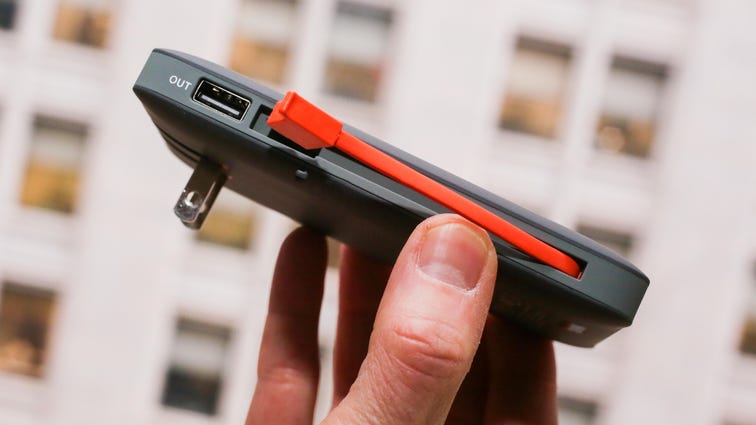
Sarah Tew/CNET
No matter how good your phone, after a long day taking pictures and using Google Maps to navigate some amazing location, its battery is going to be toast. USB battery packs will top up your phone’s battery, often several times. The smaller ones easily fit in a pocket, the largest ones in a purse or backpack. They’ll recharge anything that has a USB port, so your wireless headphones and probably your camera too.
I tend to upgrade mine every two years or so. That seems to be the stretch of time over which the size drops for a given capacity, or the capacity goes up for a given size. Models with built-in cables are super convenient, though the cable is always a weak point — it’ll likely get strained after months or years of frequent use. That said, if you’re just using it for travel, the added convenience is probably a bigger consideration than its overall longevity.
New models from MyCharge have Lightning and USB-C cables built-in, as well as a third port for plugging in any old USB cable — but at $70 and up, they’re a bit too rich for my blood. I prefer the Ventev Powercell 6010 Plus, which is available in iPhone (Lightning) and Android (USB-C) versions. Like the MyCharge, the Ventev models have a good old-fashioned USB-A port for juicing up a secondary gadget. And with a built-in plug for the wall, recharging these models couldn’t be easier.
For more options, check out our guides to the best portable chargers and power banks for Android and best portable chargers and power banks for iPhone.
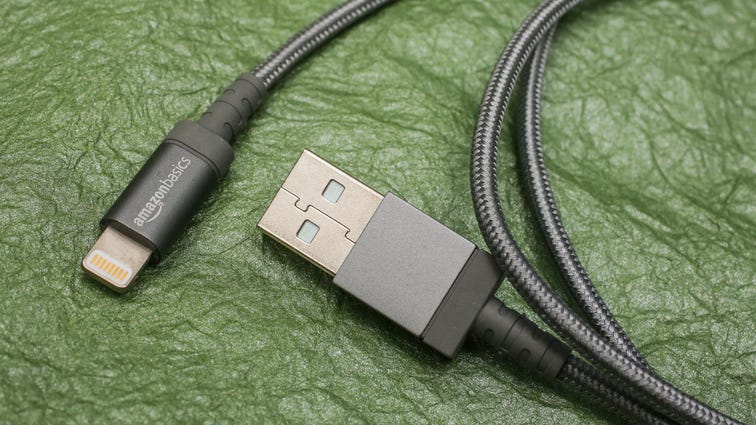
Sarah Tew/CNET
In six years of travel the things that I’ve had to replace more than anything else, by far, are USB cables. No cable is meant to endure constant plugging and unplugging, coiling and uncoiling, and getting repeatedly, albeit accidentally, stepped on.
Perhaps most frustratingly, if one of your cables does go out while you’re on vacation, the insanely overpriced cables you’re likely to find in touristy areas probably won’t let your phone charge as fast.
I tend to bring a mix of cables with me, most short for convenience, but at least one longer, six-foot (two-meter) cable that will hopefully reach my bed from whatever terrible plug placement the hotel or hostel has. Braided cables have survived a little longer for me, so I usually go for those. Don’t overpay, however. They’re all going to break eventually. No need to spend a fortune.
If you have an Android phone (or other non-Apple gadgets), opt for a USB-C or Micro-USB cable. These are all from AmazonBasics:
Fast multiport charger
RAVPower 61W-watt Dual-Port Charger
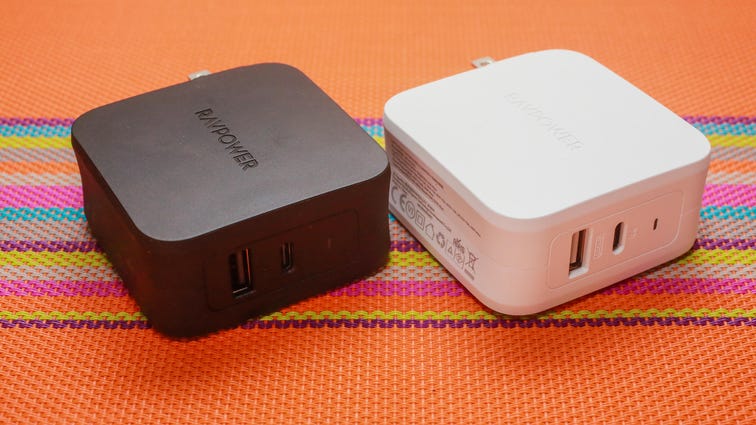
Sarah Tew/CNET
With the vast majority of hotel rooms woefully short of outlets, it’s better to have an adapter that can charge multiple devices, and quickly. Not all chargers perform the same. Make sure you check out the amp rating, and aim for one that does at least 2.4 amps on each output. If your phone or USB battery pack is capable of fast charging, make sure you get a charger with that capability on at least one output as well. In CNET’s testing, the RAVPower Dual-Port charged a MacBook Air from dead to 65% in an hour. If you have more USB devices you want to charge at once, there are similar models with additional USB outputs. A foldable plug, like this RAV, is an added bonus.
For more options, check out our guide to the best USB-C PD chargers.
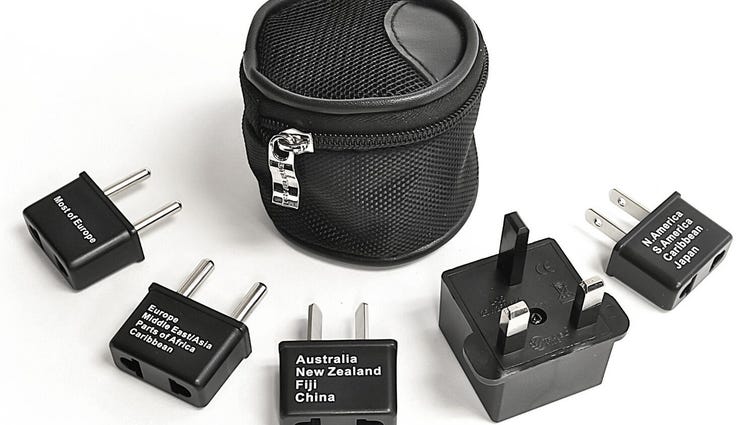
Ceptics/Amazon
The vast majority of the electronics you own do not need voltage converters. Nearly all adapters automatically convert the incoming voltage (i.e. from the wall) to whatever voltage your electronics need to run or charge. Take a look at the fine print on the adapter. It will likely say “Input: 100-240V, 50-60Hz.” That means you can plug it in just about anywhere in the world… as long as you have an adapter to let it fit the local outlets. If it doesn’t say that, you likely can’t use it overseas. Hair dryers and straighteners are two common items that might not work in a different country (though nearly every hotel and hostel will at least have a hair dryer).
I prefer simple and cheap plug adapters. I know many people adore the all-in-one devices that give you a block with slide-out options for outlets all over the world, but I’m not a fan. They’re too bulky. Plug adapters are small enough to stay on the end of your charger and usually never get in the way. If you know your trip is going to cross areas with different plug types, grab another and throw it in your bag. If you have more than one thing to plug in, again, several of these are far easier to have with you than multiple all-in-one bricks.
I’ve traveled with Ceptics plug adapters for years. It sells a five-piece set that includes a small travel bag, which I use to store them when I’m home. I only bring with me the plug or plugs I’ll need for that specific trip, as usually one plug type will suffice for most of a continent. Certainly double check before you leave for a multicountry adventure, however. For the completionist, there’s a $17 set that’s pretty much every plug type in the world.
I haven’t tried it, but Anker has a new option that combines plug adapters and a charger, which seems pretty logical. At $50, it’s a little pricey, but that’s only slightly more than the better fast wall chargers.
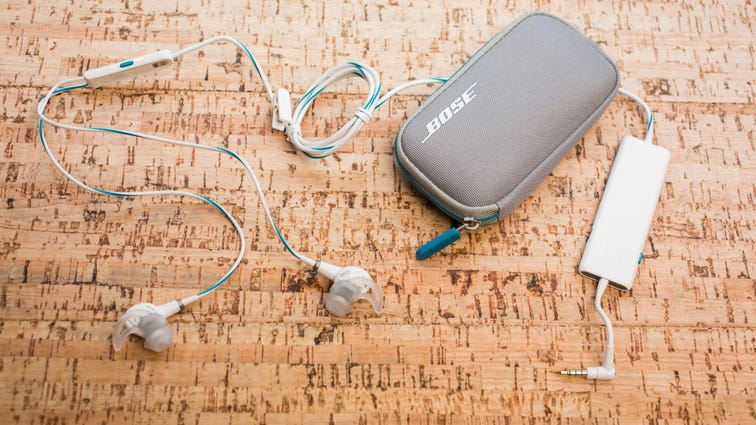
Sarah Tew/CNET
I was on the fence whether to call these “vital” or just “optional.” If you’re tight on funds, definitely the latter. That said, I bring a pair of Bose QC20 with me on every trip. From airplanes to buses and trains, they reduce the hum and roar that can make travel between places so exhausting.
There are two important things to know about noise-canceling headphones, however. The first is that they don’t “silence” the world around you. They reduce some sounds, namely low-frequency droning sounds like jet engines and tires on pavement. They won’t block crying babies or chatty neighbors. The other is that not all noise-canceling headphones work as advertised. The specs are largely meaningless. Two headphones that both claim to reduce “15 decibels” can perform radically differently.
I know some people like the better isolation of over-ear headphones for travel, but their bulk is a deal-breaker for me. On the other end of the spectrum, true wireless headphones that add noise cancellation — models such as the AirPods Pro and Sony WF-1000XM3 — are all the rage, but I personally wouldn’t travel with them for fear or losing them on the go. For me, the “just right” sweet spot are the Bose QC20 because they’re small, and relatively easy to fall asleep with on an airplane. At least, as much as any headphones are.
For even more options, check our our guide to the best noise-canceling headphones of 2020.
Read our Bose QuietComfort 20 review.
If you have an Android phone, get the Android-specific version:
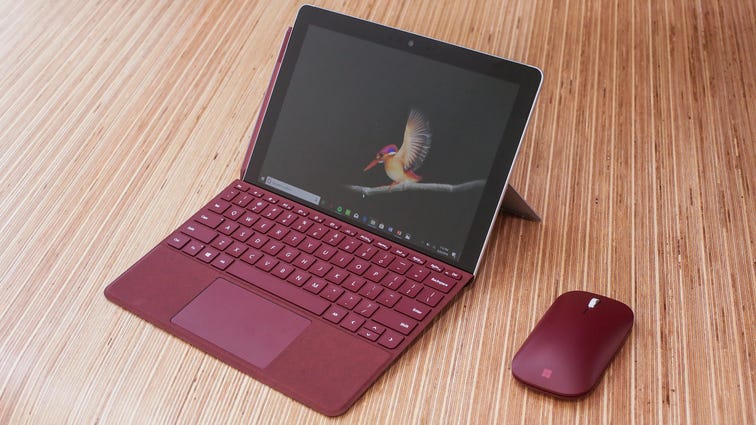
Unless you’re traveling all the time, or for longer than a typical American vacation, you probably don’t need a specific “travel laptop.”
That said, if you are looking for a longer time away, or know you’re going to be working a bit when you go, it’s worth considering something small and light. A full-size laptop, with its associated bulk and myriad cables, is just the sort of hassle I aim to avoid. There’s no one thing that can make travel easy, but there are a lot of little things that add up to make it hard. A heavy, annoying laptop is part of the latter.
Yes, many travelers love the iPad or iPad Pro, and for good reason — but their software situation still requires jumping through too many hoops to get stuff done. After years of inexpensive (and excruciatingly underpowered) laptops, last year I upgraded to a Microsoft Surface Go. It’s roughly the size of a tablet, but runs a full version of Windows. It’s still fairly low-powered compared to most laptops, but if you spec it out with 8GB of RAM (about $500 at time of writing) it can run just fine with a bunch of Chrome tabs open. I do most of my photo editing for my various CNET travel tours with it, and even did a little video editing with Premiere. I wouldn’t recommend one of these if you do much of the latter, however.
While not for everyone, the vast majority of people have far more laptop than they really need, and the Go’s size and battery life make it a far better travel companion than something larger. Just keep in mind that we may see new Surface models (and iPads) in the near future.
If you think you’ll only work a little, maybe just answer a few emails, consider getting a keyboard for your tablet.
Read our Microsoft Surface Go review.
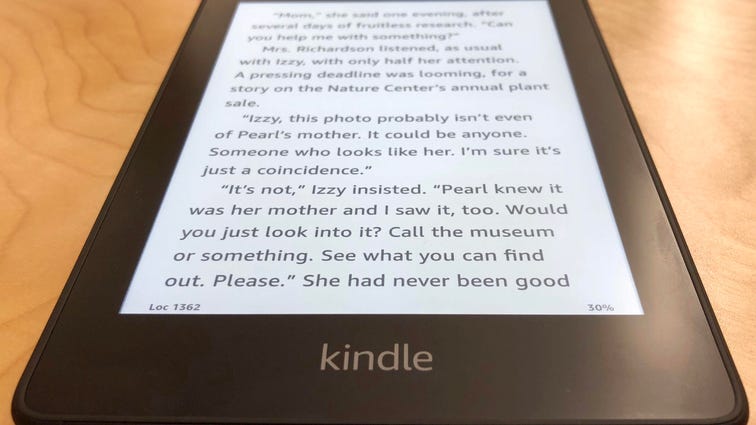
At first glance this seems like a frivolous addition, since you can read books on your phone, tablet or in that ancient, carbon-based analog form. Tablets and phones, however, are hard to read in direct sunlight. At night, even in night mode, the light from a screen can affect sleep. Paper books are great and I prefer them, but for any extended trip you’re going to have to carry an awful lot of paperbacks.
A dedicated e-book reader is a great compromise, thanks to their E Ink screens. They work great in direct sunlight and require very little power (they only need to be charged every week or two). At night you can either read using a bedside lamp, or if you don’t want to disturb your partner, most models have built-in illumination. The latest Kindle Paperwhite models check all the boxes, and they’re waterproof, which is a good idea for poolside reading. Just don’t pay more than $90 for one — they go on sale every few weeks.
For more options, check out our guide to the best e-book readers.
Read our Amazon Kindle Paperwhite (2018) review.
I’d like to thank the Academy: Behind the scenes at Hollywood’s Dolby Theater
See all photos
As well as covering tech and travel, Geoff does photo tours of cool museums and locations around the world including nuclear submarines, massive aircraft carriers, medieval castles and airplane graveyards.
You can follow his exploits on Instagram, Twitter and on his travel blog BaldNomad. He also wrote a bestselling sci-fi novel.






More Stories
Germany-dependent vacation company presents recommendations for Chiefs fans heading to Frankfurt
7 Beneficial Strategies And Methods
Keep safe and sound with straightforward Fall Break vacation strategies